Known as the Candy Man and the Pied Piper, Dean Corll sexually assaulted and murdered at least 28 young men and boys in the Houston area between 1970 and 1973.
To everyone in his Houston neighborhood, Dean Corll seemed like a decent, ordinary man. He was known for spending most of his time at the small candy factory that his mother owned, and he got along well with many of the neighborhood kids. He even gave free candy to local schoolchildren, which earned him the nickname “Candy Man.”
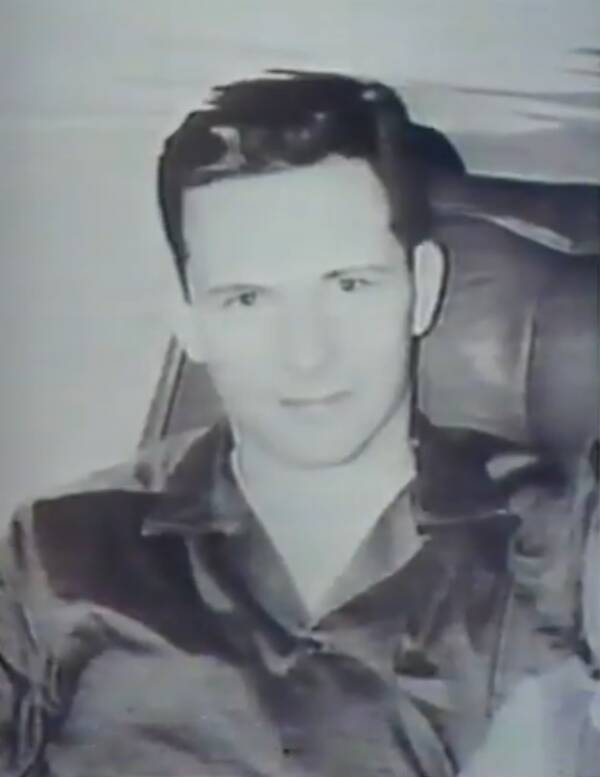
YouTubeDean Corll pretended to be an ordinary electrician — and many people bought the facade.
But behind his sweet smile, Dean Corll had a dark secret: He was a serial killer who murdered at least 28 young men and boys in the early 1970s. This horrific crime spree would later be dubbed the “Houston Mass Murders.” And it wasn’t until Corll’s death in 1973 that the truth came to light.
Shockingly, the person who killed Corll was his own accomplice — a teenage boy whom he had groomed to help him with his depraved crimes.
This is the true story of Dean Corll and how he became a killer.
The Early Life Of Dean Corll
It’s a standard trope in true crime lore that a serial killer’s depravity can be traced back to some kind of horrific childhood event. But based on what’s known about Corll’s early life, it’s tough to pinpoint such an incident.
Dean Corll was born in 1939 in Fort Wayne, Indiana. His parents reportedly never had a happy marriage, and they argued often. But as far as anyone can tell, there was nothing particularly unusual about these fights.
Corll’s father was also known to have been a strict disciplinarian. But it’s unknown if this ever led to abuse or punishments that were out of the norm for the 1940s. Meanwhile, Corll’s mother doted on him.
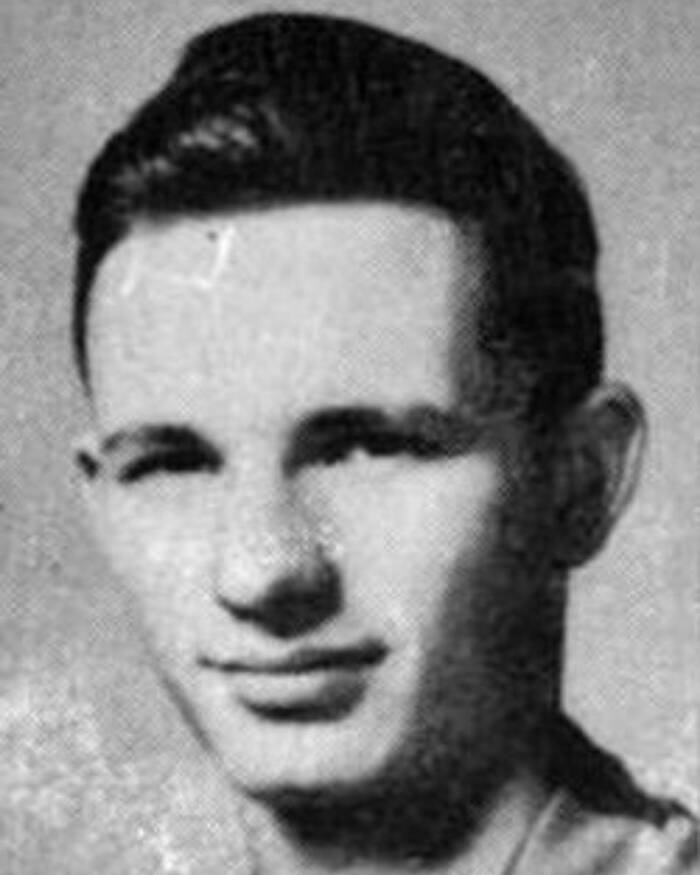
Public DomainDean Corll in his 1958 yearbook photo.
His parents first divorced in 1946 and briefly reconciled afterward, remarrying in 1950. But after they split up a second time three years later, Corll’s mother wed a traveling salesman, and the family settled in Vidor, Texas.
In school, Corll was reportedly a well-behaved, yet solitary, young boy. His grades were apparently decent enough to escape notice, and he occasionally dated girls from school or the neighborhood.
“Dean was a good boy,” an anonymous relative told The Lewiston Daily Sun in 1973. “I never even saw him with a cigarette.” She said that Corll was “the kind of guy who tried to do favors for people and always tried to make the best of every situation.”
So, how did this seemingly normal American boy of the 1950s become the “Candy Man” serial killer of the 1970s? Eerily, the nexus between these two personalities appears to have been his mother’s candy company.
How Dean Corll Became Known As The ‘Candy Man’
In the mid-1950s, Dean Corll’s mother and stepfather started a candy company called Pecan Prince. From the very start, Corll played a crucial role in the company. While his stepfather sold the candy on his sales route and his mother managed the business side of the operation, Corll and his brother worked the machines that produced the sweets.
By the time his mother divorced her second husband, Corll had spent several years working at the candy shop. At some point, Corll briefly returned to Indiana to care for his widowed grandmother. But by 1962, he was ready to come back to Texas and help his mother with a new venture.
The revamped business was called the Corll Candy Company, located in the Houston Heights area. Mrs. Corll named Dean the vice president.
Although Corll was drafted into the U.S. Army in 1964 and served for about 10 months, he successfully applied for a hardship discharge after explaining that he needed to help his mother at her company. And so, for several more years, Corll continued to work at the candy store.
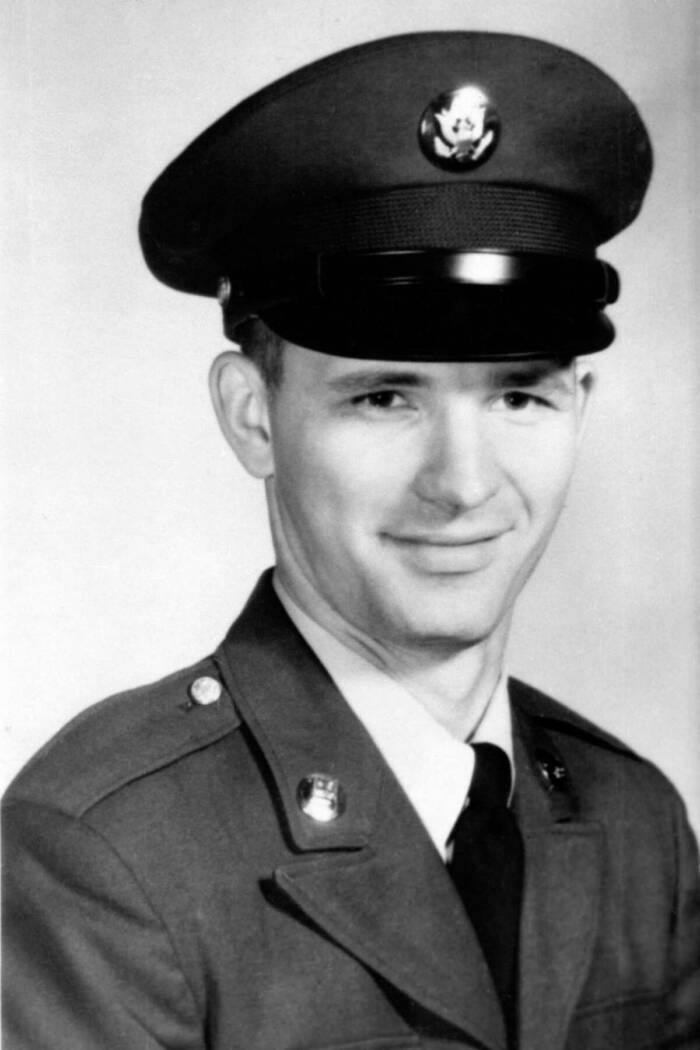
Public DomainDean Corll briefly served in the U.S. Army from 1964 to 1965.
However, Corll’s involvement at the company was not as wholesome as it seemed. There were warning signs that he was interested in underage boys.
According to Jack Olsen’s 1974 book The Man with Candy, one teenage boy who worked for the Corlls complained that Dean had made sexual advances toward him. In response, Mrs. Corll fired the accuser.
Meanwhile, the candy factory itself seemed to attract a string of adolescent boys — both as employees and as customers. Some of them were runaways or troubled youths. Dean Corll quickly built up a rapport with these teens.
In the back of the factory, Corll even installed a pool table where company employees and their friends — many of whom were also young boys — could congregate throughout the day. Corll was said to be openly “flirtatious” with the youths and befriended many of them.
Among them was 12-year-old David Owen Brooks, who, like many children, was first introduced to Corll with offers of candy and a place to hang out.
But over a period of two years, Corll groomed Brooks and slowly but steadily gained his trust. By the time Brooks was 14, Corll was regularly sexually abusing him and bribing him with gifts and money for his silence. Then, things took an even darker turn.
The Heinous Crimes Of The ‘Candy Man’ Killer
As Dean Corll abused Brooks, he was also on the lookout for other victims to rape — and murder. He killed his first known victim, Jeffrey Konen, in September 1970. By this point, Corll’s mother had divorced her third husband and moved to Colorado. But Corll had stayed behind in Houston because he’d found a new job as an electrician.
Now in his early 30s, Corll had also moved into a new apartment. But he wouldn’t stay for long. During his vicious crime spree, he moved frequently, sometimes staying in one spot for just a few weeks.
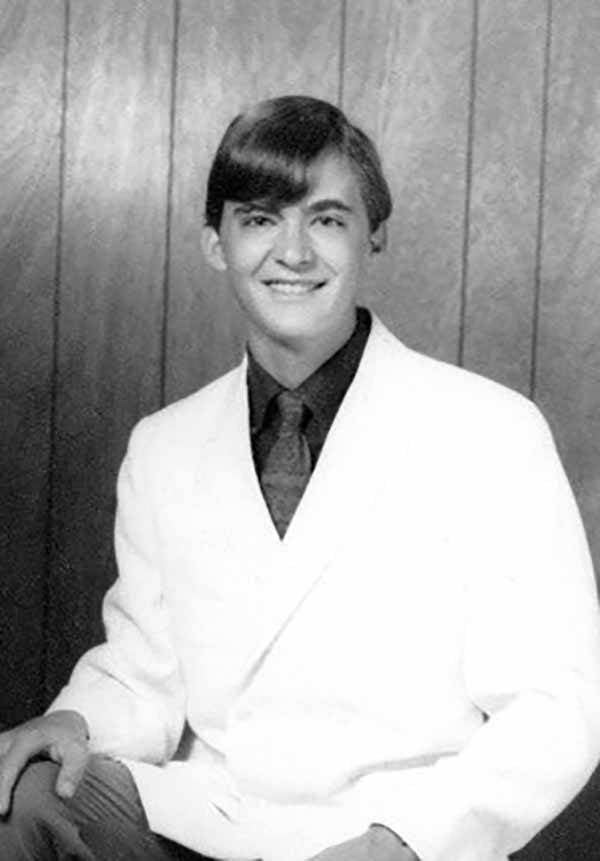
YouTubeJeffrey Konen was the earliest known victim of the Candy Man Killer. He was murdered in 1970.
When Corll murdered Konen, he was living in Houston’s Harold Turboff apartments. Corll came across the 18-year-old hitchhiking to his parents’ house from the University of Austin and offered him a ride. Instead of dropping the young man off, Corll bound and gagged him, sexually assaulted him, and strangled him to death.
Just a few months later, in December 1970, Dean Corll abducted two teenage boys and tied them to his bed in his home. He was in the process of sexually assaulting them when Brooks suddenly walked in. Corll initially told Brooks that he was part of a gay pornography ring and had sent the teens to California. But later, he confessed to Brooks that he had killed them.
To buy Brooks’ silence, Corll bought him a Corvette. He also offered Brooks $200 for any boy he could bring to him. And Brooks apparently agreed.
One of the boys Brooks lured to Corll’s lair was Elmer Wayne Henley. But for some reason, Corll decided not to kill him. Instead, he groomed Henley to participate in his sickening scheme just as he had with Brooks, feeding him the same story about the “porn ring” before telling him the truth and offering him cash as a reward for his help in finding new victims.
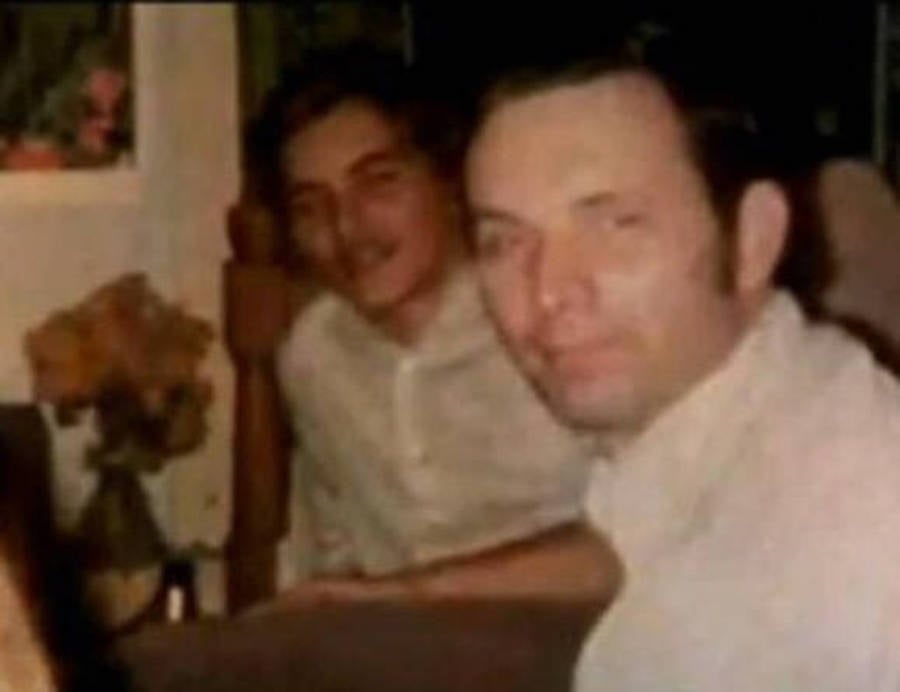
YouTubeDean Corll with Elmer Wayne Henley, his 17-year-old accomplice in several murders, in 1973.
As reported by the Montreal Gazette in 1975, Henley later wrote in his confession, “Dean told me he would pay me $200 for every boy I could bring in and maybe more if they were real good looking boys.” In reality, Corll usually paid the boys just $5 or $10.
Henley has insisted that he only accepted the offer because of his family’s financial hardship. But even when he was paid far less than he’d hoped, he didn’t back out. Eerily, he seemed almost flattered to be included.
Together, Brooks and Henley would help the Candy Man Killer abduct at least 28 boys and young men, ranging in age from 13 to 20. The three lured the victims into Corll’s Plymouth GTX muscle car or his white van, often using candy, alcohol, or drugs to get them inside the vehicle.
Dean Corll and his accomplices would then take the boys to his home, where they bound and gagged them. Horrifically, Corll sometimes forced them to write postcards to their families to say that they were okay.
Each victim would be tied to a wooden “torture board,” beaten, and brutally raped. Afterward, some victims were strangled to death, while others were fatally shot. Every boy brought back to Corll was murdered — with Brooks and Henley actively participating in these crimes. Brooks would later describe Henley as being “especially sadistic.”
Despite the fact that many of these boys had families who were actively searching for them after they vanished, Dean Corll continued his grisly crimes for three years. But how did he get away with it?
Why The Police Failed To Solve The Houston Mass Murders
One of Corll’s victims, Mark Scott, was 17 years old when he disappeared on April 20, 1972. His frantic parents quickly reported him missing after calling classmates, friends, and neighbors to see if they knew where he was.
A few days later, the Scott family received a postcard that was supposedly written by Mark. The letter claimed that he’d found a job in Austin that paid $3 per hour and that all was well with him.
The Scotts did not believe that their son would suddenly leave town without saying goodbye. They immediately knew that something was terribly wrong. But like many family members of Dean Corll’s victims, they received little help from the Houston Police Department.
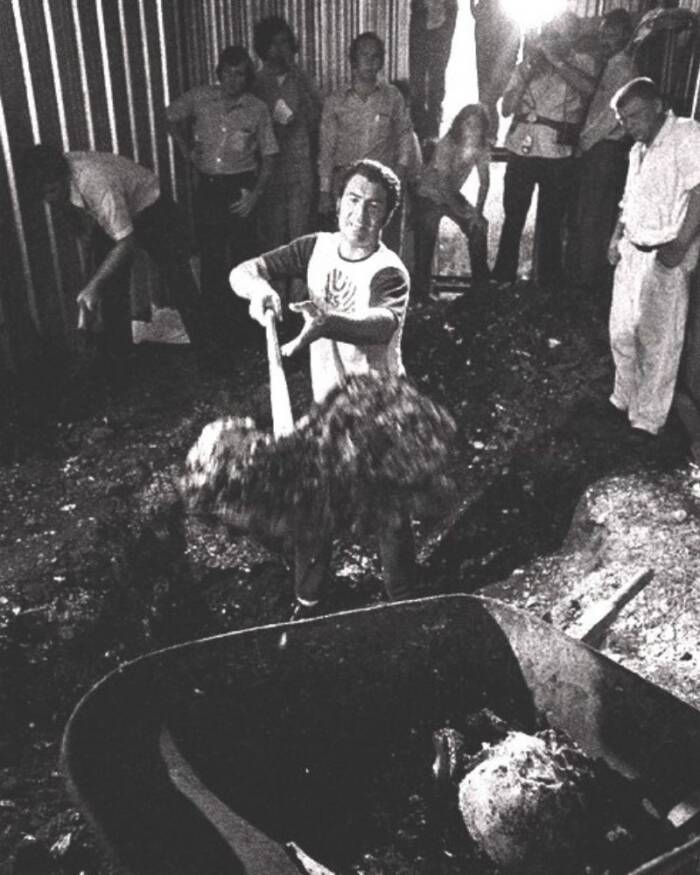
Public DomainAuthorities search a boat shed where the bodies of several of Dean Corll’s victims were found.
“I camped on that police department door for eight months,” said a grieving father named Everett Waldrop, as recorded in the 1975 book Harvest of Horror: Mass Murder in Houston. “But all they did was say, ‘Why are you down here? You know your boys are runaways.'”
Tragically, both of his sons — 15-year-old Donald and 13-year-old Jerry — were killed by Dean Corll.
In Texas in the early 1970s, it wasn’t illegal for a child to run away from home, so the chief of the Houston Police Department claimed that there was nothing authorities could do to help the desperate families. That chief would later be voted out of office in the first election that was held after Corll’s murders became known to the public.
By then, however, it was too late for Dean Corll himself to face the wrath of his victims’ loved ones.
The Violent End Of Dean Corll
After nearly three years and 28 known murders, Dean Corll turned on Elmer Wayne Henley on August 8, 1973. On that day, Henley had lured two teens — Timothy Kerley and Rhonda Williams — to Corll’s home.
While Henley had intended to introduce Kerley to Corll as a potential victim, Williams threw a wrench in the plans. She was one of Henley’s friends, and as he was on the way back to Corll’s place, he heard a commotion at her house and saw that she’d been beaten by her father. So, Henley brought her along, seemingly assuming that nobody would die that night.
Instead, Corll was furious when the trio walked in. He told Henley that he’d “ruined everything” by bringing a girl into his house. The serial killer soon calmed down, though, and Henley, Kerley, and Williams drank, smoked, and huffed paint for several hours before they passed out.
When Henley woke up, he discovered that he was tied up alongside Kerley and Williams. Corll was screaming at Henley while waving his .22-caliber pistol: “I’m gonna kill you all! But first I’m gonna have my fun.”
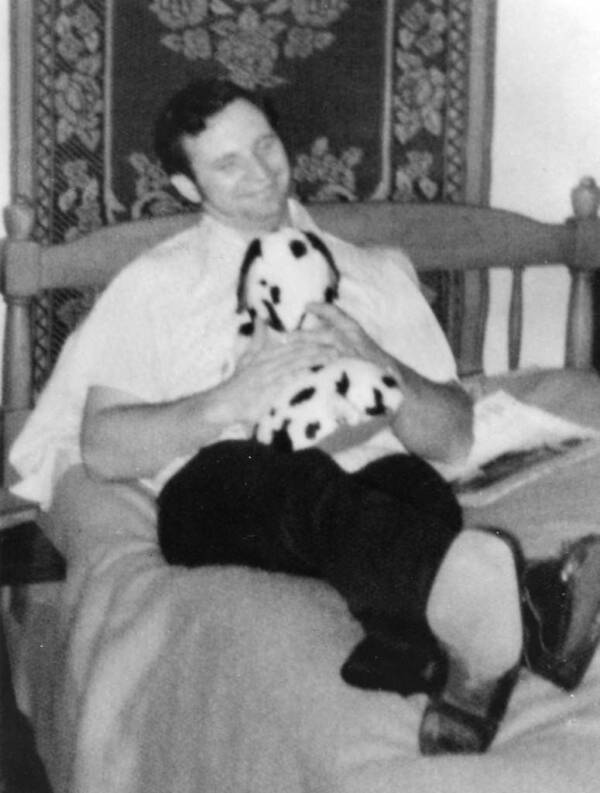
YouTubeDean Corll in 1973, months before he was shot to death by his 17-year-old accomplice, Elmer Wayne Henley.
In response, Henley pleaded with Corll to untie him, saying that the two of them could kill both Williams and Kerley together. Eventually, Corll did free Henley and brought Kerley and Williams into the bedroom to be tied to the “torture board.”
In doing so, however, Corll needed to put his gun down. That’s when Henley decided to grab the weapon — and put an end to the disturbing murder spree for good.
Williams, who survived the attack and only spoke publicly about it in 2013, recalled how Corll’s behavior had visibly shaken something in Henley’s mind.
“He stood at my feet, and just all of a sudden told Dean this couldn’t keep going on, he couldn’t let him keep killing his friends and that it had to stop,” she told ABC13. “Dean looked up and he was surprised. So he started getting up and he was like, ‘You’re not going to do anything to me.'”
Then, without another word, Henley shot Corll six times, killing him. And with that, the Houston Mass Murders finally came to an end.
The Aftermath Of The Houston Mass Murders
After killing Dean Corll, Henley quickly called the police to confess what he’d done. He and Brooks soon made official confessions stating their involvement in the murders and offered to show police where the victims were buried.
Within a week, investigators had recovered 17 bodies from makeshift graves and a boathouse shed. Then, another 10 bodies were found on High Island Beach and in the woods near Lake Sam Rayburn.
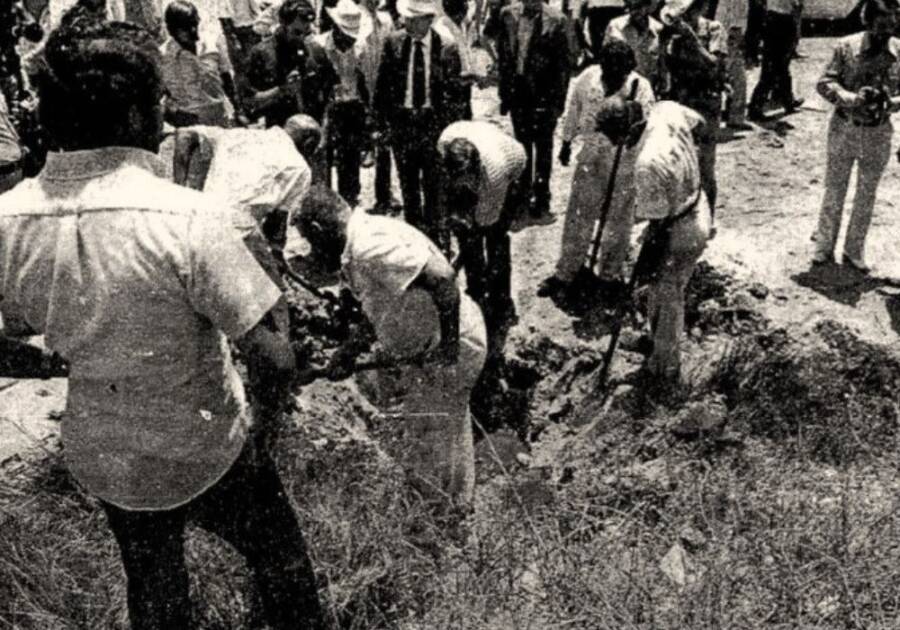
Public DomainDozens of people dig in the sand at High Island Beach, where more of Corll’s victims were buried.
Police didn’t find the remains of the 28th victim until 1983. And unfortunately, it remains unknown how many others Dean Corll might have killed that Henley and Brooks didn’t know about.
Ultimately, Henley was convicted of six murders and sentenced to six life sentences for his role in the crimes. Brooks was convicted of one murder and received a life sentence as well. Since then, both men have been described as serial killers for their involvement in the Houston Mass Murders.
In the past few decades, Henley has remained a controversial figure. From creating his own Facebook page to promoting his artwork from prison, he has drawn outrage from many who are furious at him for his crimes. Shockingly, he has also spoken out in a number of interviews about the Candy Man Killer, one in which he said, “My only regret is that Dean isn’t here now, so I could tell him what a good job I did killing him.”
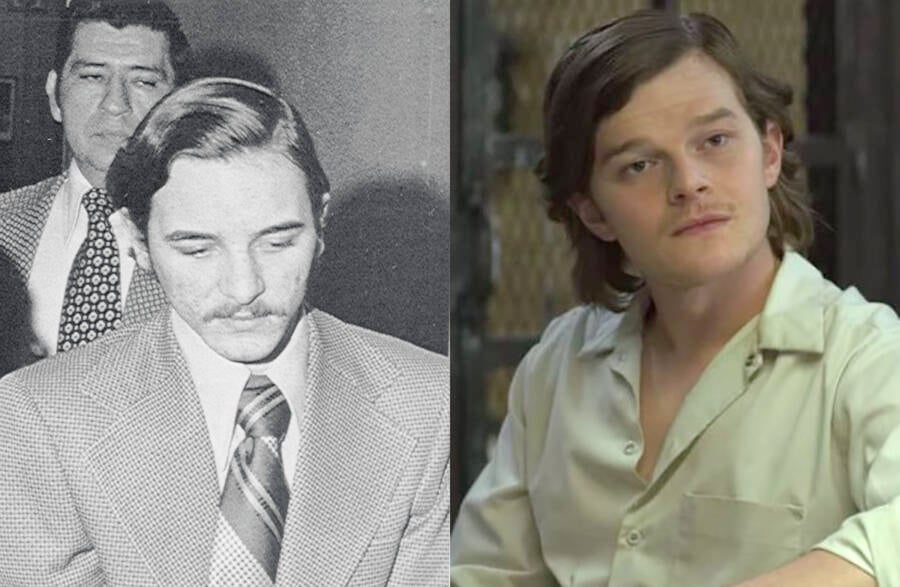
Bettmann/Getty Images (l.) / Netflix (r.)Elmer Wayne Henley (left) leaving a Texas courthouse in 1973, and Robert Aramayo (right) playing Elmer Wayne Henley in the Netflix crime drama Mindhunter.
Elmer Wayne Henley was later portrayed in the second season of Netflix’s serial killer crime drama Mindhunter. His character was played by actor Robert Aramayo, best known for his role in HBO’s Game of Thrones.
But Brooks lived a far quieter life behind bars. He regularly refused interviews, and he chose not to correspond with Henley often. Brooks died in prison of COVID-19 in 2020.
As for Dean Corll, his legacy remains as infamous as ever, and he’s remembered as one of the most notorious serial killers in Texas history. And many who knew him probably want to forget that they ever did.
After this look at Dean Corll, the Candy Man Killer, read up on the horrific story of serial killer Ed Kemper. Then, discover how some of history’s most infamous serial killers finally met their ends.





